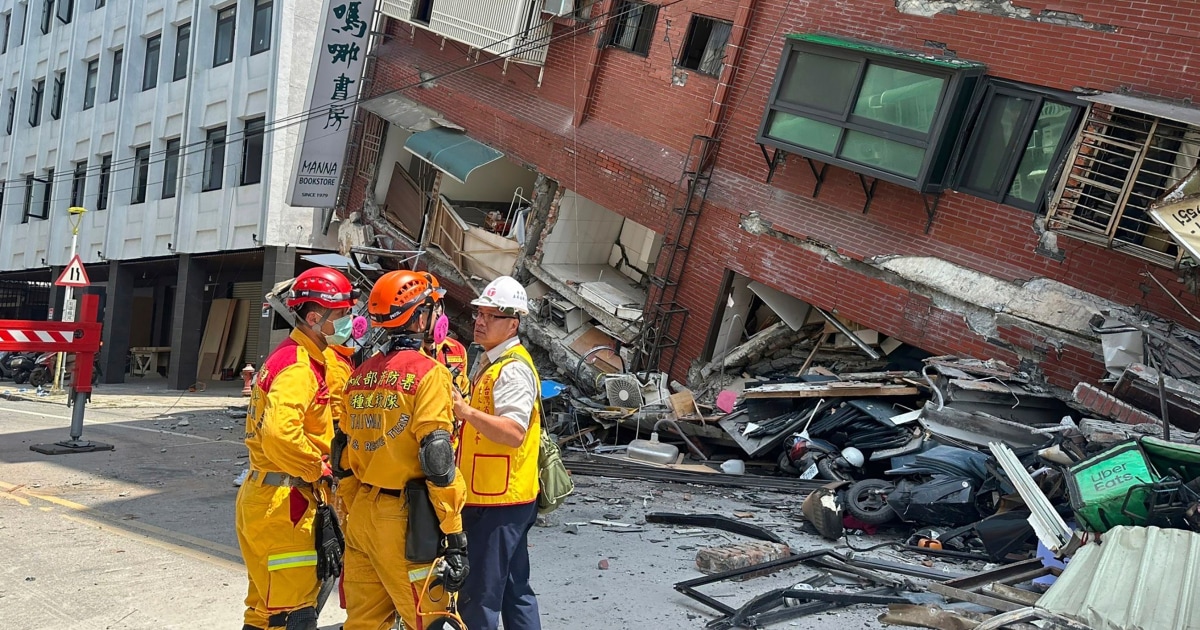On November 23, 40 years ago, an earthquake of magnitude 6.9, the strongest of the last 100 years in Italy, shook the Apennines on the border between Campania and Basilicata: the Irpinia earthquake caused almost 3000 victims, 280,000 displaced, razing entire countries to the ground.
That earthquake, with its very high social and economic cost, marked a turning point in geophysical research, also starting the development of the 24-hour seismic surveillance of earthquakes in Italy.
"Since then everything has changed, starting with the seismic network. In Italy in 1980 there were very few stations, while now we have the National Seismic Network with over 400 stations", the president of the National Institute of Geophysics and Volcanology told ANSA. (Ingv), Carlo Doglioni.
However, he added, "we still have a long way to go: in Japan, for example, there are 5,000 stations and a seismic network has also been installed at sea, which we lack".
In the following years, the GPS network was also born, which measures the displacements of the earth's crust which in the Apennines are a few millimeters per year.
The accelerometric network has also grown, which records acceleration and speed of the ground as the seismic waves pass.
Then the satellite data were added that allow us to observe the deformation of the ground during an earthquake from space.
According to Doglioni, the 1980 earthquake also triggered the implementation of the study of historical earthquakes: "we have one of the best catalogs in the world and we know that where there has been a strong earthquake, sooner or later it will repeat itself ".
The earthquake, according to Doglioni, is "a sort of experiment from which we learn a lot, it is like for an astrophysicist to see the explosion of a supernova, with the great difference that an earthquake has very high social implications: from the Belice earthquake of 1968 to that of Amatrice-Norcia in 2016, Italy spent 180 billion euros for reconstruction, not to mention the demographic and economic disintegration of the devastated territories. Despite this, man tends to want to remove earthquakes from memory, such as today we would like to forget the pandemic because it makes us suffer, preventing us from having that attitude of fear that should instead stimulate us to do the right prevention ".
Celebrating the 40th anniversary of the Irpinia earthquake is very important, he concluded, "because it reminds us that it is a natural phenomenon, which will certainly return, and with which we must get used to living together, adopting the best criteria aimed at saving life. , housing, the freedom of citizens, and the economy of communities, it is worth it ".
VALE is in fact the acronym that Ingv has launched to convey this message.







